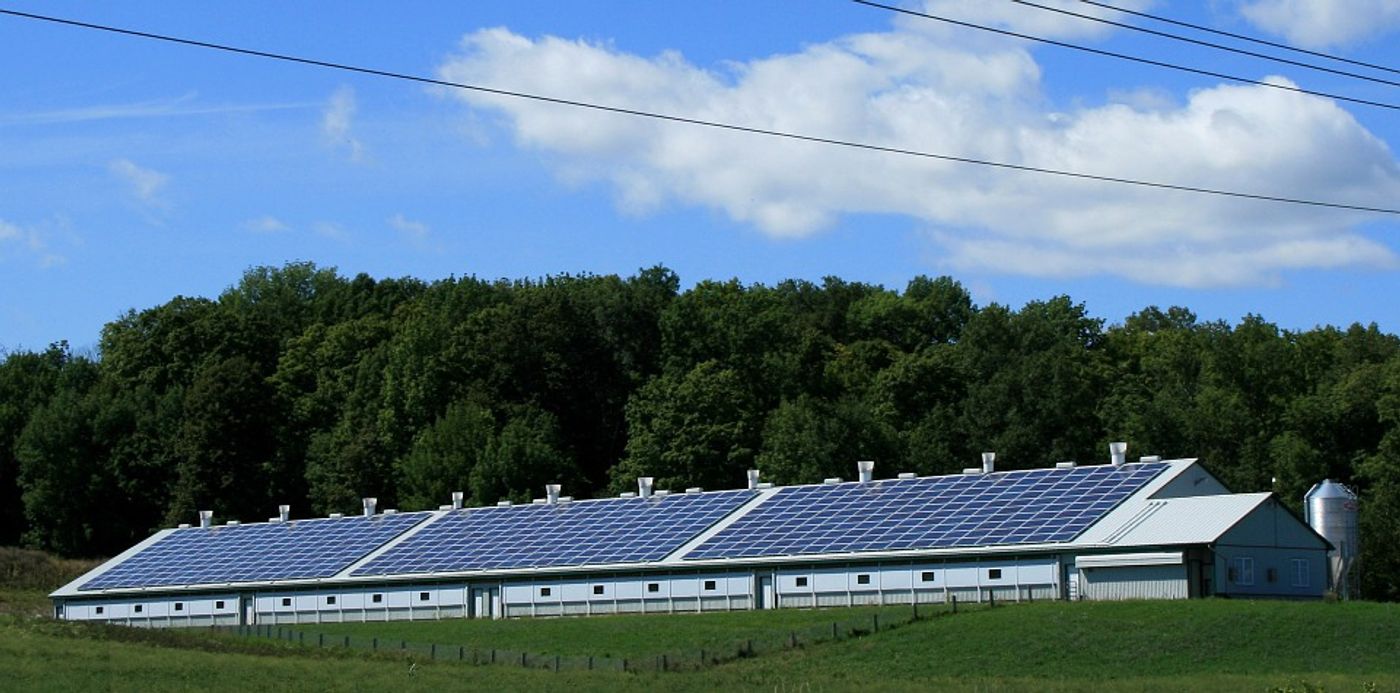Why doping polycrystalline solar cells improves efficiency
While there is certainly a fair amount of warranted pessimism about the future of our planet, there is also warranted optimism – at least that’s what Professor Dong-Seon Lee of the Gwangju Institute of Science and Technology in Korea believes. Lee researches solar cells and has a vision of the future that some might call revolutionary:
"When eco-friendly, inexpensive, versatile, and efficient solar cells are developed, all thermal and nuclear power plants will disappear, and solar cells installed over the ocean or in outer space will power our world."
Lee’s recent work on this topic is published in a new paper in Advanced Science. In it, Lee’s team provides insight on why the now-common practice of doping polycrystalline solar cells actually works – information that until now has been an enigma.
Doping refers to the distortion of a crystal structure by introducing an impurity. In the case of polycrystalline solar cells, this can be done by melting together crystals called CZTSSe with earth-abundant and eco-friendly alkali metals, like sodium and potassium. This process makes solar cells not only more efficient in light to electricity conversion but also allows them to be cheap and small.
In this study, Lee’s team looked at the composition and electric charge transport properties of CZTSSe cells doped with layers of sodium fluoride of different thicknesses. They found that a thickness of 25 nanometers proved to produce the highest light-to-electricity conversion efficiency, a concept termed fill factor.
“When doping is optimized, the fabricated device shows sufficient built‐in potential and selects a better carrier transport path by the high potential difference between the intragrains and the grain boundaries,” write the authors. “On the other hand, when doping is excessive, the device shows low contact potential difference and fill factor and selects a worse carrier transport path even though the built‐in potential becomes stronger. The fabricated CZTSSe solar cell on a flexible metal foil optimized with a 25 nm thick NaF doping layer achieves a fill factor of 62.63%, thereby clearly showing the enhancing effect of Na doping.”
Expanding the understanding of polycrystalline solar cells will help to create the vision that Lee sees as possible. "We have developed flexible and eco-friendly solar cells that will be useful in many ways in our real lives, from building-integrated photovoltaics and solar panel roofs, to flexible electronic devices," Professor Lee concludes.
Sources: Advanced Science, Science Daily









